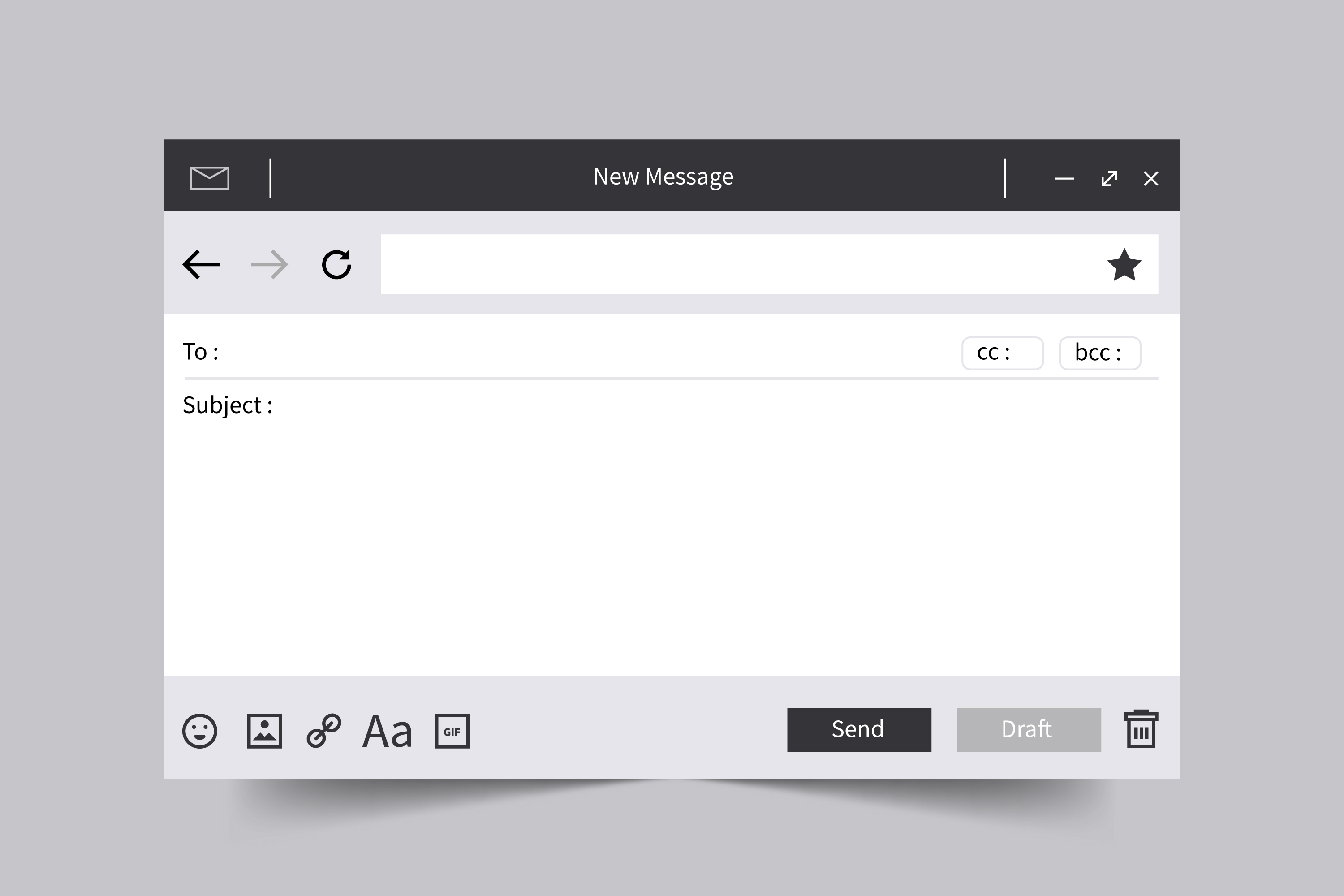Why Cold Outreach Doesn't Work Anymore


Why Cold Outreach Doesn't Work Anymore
The old way of finding customers through mass emails and cold calls isn't very effective anymore. Most business owners and decision makers get dozens of sales emails every day, and they simply ignore or delete them. Studies show that cold email response rates have dropped to less than 1% in many industries.
The main problem is that cold outreach often reaches people at the wrong time. When someone isn't actively looking for a solution, they have no reason to respond to a sales message. Business buyers are also much more careful about who they work with now. They prefer to research solutions on their own and connect with companies when they're ready to buy.
Another issue is that most cold outreach messages focus on the sender's product instead of the buyer's needs. Sales teams often use generic templates and automated messages that feel impersonal. Business buyers can spot these automated messages quickly and tend to ignore them.
Many companies also make the mistake of focusing on quantity over quality in their outreach. They send hundreds or thousands of messages hoping that a few people will respond. This approach not only wastes time but can also harm a company's reputation when people mark their emails as spam.
The costs of cold outreach are also going up. Sales teams spend many hours researching contacts, writing messages, and following up with people who might not even need their product. When you add the cost of email tools, contact databases, and sales staff time, companies often spend a lot of money for very few results.
A better approach is to focus on finding companies that are already interested in solutions like yours. This means looking for signs that a company might need your product, like when they post questions in online communities or mention specific problems on social media. When you reach out to these companies, they're much more likely to respond because your message is relevant to their current needs.
This shift from random outreach to focused conversations with interested buyers is changing how companies find and connect with potential customers. The next sections will look at better ways to find and reach out to companies that might actually want to buy from you.
Better Ways to Find Good Leads
Finding good leads means connecting with companies that actually need your product. The key is to look for signs that show when a company might be interested in what you're selling. Here are some effective ways to find these potential customers.
Watching Where Your Buyers Hang Out Online
Companies often share their problems and needs in online spaces like Reddit, LinkedIn groups, and industry forums. Many business owners and managers use these platforms to ask for advice or recommendations. AI lead generation tools can help monitor these conversations to identify companies right when they're looking for solutions.
The best conversations to look for are ones where people discuss specific problems your product can solve. For example, if you sell accounting software, look for discussions about bookkeeping challenges or questions about financial tools. These conversations show real interest and often lead to better responses when you reach out.
Creating Content That Attracts Buyers
Good content helps potential customers find you when they're searching for answers. Writing helpful articles, guides, and case studies about common industry problems can bring interested companies to your website. Focus on solving real problems and sharing useful information instead of just talking about your product.
The most effective content answers specific questions that your potential customers are asking. Look at the common problems discussed in online forums and create content that addresses these issues. This helps your content appear in search results when companies look for solutions.
Using Social Media Smartly
LinkedIn and other professional networks are valuable places to find potential customers, but the usual way of sending connection requests to everyone doesn't work well. Instead, look for people posting about problems they're trying to solve or asking for recommendations.
Pay attention to signs that show when a company might need your product. These signs could include:
- Posts about business challenges your product solves
- Comments on articles related to your industry
- Questions about specific tools or solutions
- Discussions about industry changes that affect their business
The best leads often come from ongoing conversations rather than direct sales pitches. When you see someone discussing a problem, join the conversation by offering helpful advice. This builds trust and makes it more natural to talk about your product later.
Companies that find leads this way often see better results than those using traditional cold outreach. When you reach out to someone who has already shown interest in solving a problem, they're more likely to want to learn about your solution. This focused approach leads to more meaningful conversations and better chances of making sales.
Remember that finding good leads takes time and consistency. Set up regular times to check these online spaces and engage in conversations. The more you understand about your potential customers' needs, the better you'll become at spotting good opportunities to connect.
Making Your Outreach Work Better
Once you find potential customers, the way you reach out to them makes a big difference in whether they respond. Good outreach focuses on having real conversations with people who might actually need your product. Here's how to make your outreach more effective.
Writing Messages That Get Replies
The best messages show that you understand what the person needs. Start by mentioning the specific problem or question they posted about. This shows you've paid attention and aren't just sending random messages to everyone.
A good outreach message should:
- Reference their specific situation or problem
- Explain clearly how you can help
- Keep the message short and direct
- Include a simple next step they can take
- Sound like it was written by a real person
For example, if someone posts about struggling to find customers for their software company, your message could mention that specific post and share a relevant tip before suggesting a conversation.
Following Up Without Being Annoying
Most business people are busy and might miss your first message. Following up can work well, but there's a right way to do it. Space out your follow ups and add new, helpful information each time.
Good follow up messages often work better when they:
- Add new information about their problem
- Share useful resources or tips
- Keep the tone friendly and professional
- Give the person an easy way to say no
- Stop after 2 or 3 attempts if there's no response
Using Tools to Save Time
Smart automation can help you reach more people without making messages feel fake. The key is to use tools that help with repetitive tasks while keeping the actual messages personal.
Some helpful ways to use automation include:
- Saving message templates that you can customize for each person
- Setting reminders to follow up at the right time
- Tracking which messages get the most responses
- Organizing information about potential customers
- Scheduling messages for the best times to send them
Remember that automation should help you be more personal in your outreach, not less. Use tools to handle the basic tasks so you can spend more time writing good messages and having real conversations.
The best outreach happens when you contact the right people at the right time with the right message. This means reaching out when someone shows they're interested in solving a problem your product can help with. When you time your outreach this way, people are much more likely to want to talk with you.
Keep track of what works and what doesn't in your outreach. Notice which types of messages get more responses and which ones people ignore. This helps you keep improving how you communicate with potential customers over time.
Knowing If Your Lead Generation Is Working
Understanding whether your lead generation efforts are successful helps you focus on what works and fix what doesn't. Here's how to measure your results and make improvements.
Signs Your Strategy Is Working
The quality of leads matters more than the number of leads you get. Good leads show clear interest in your product and have the ability to buy it. Some positive signs include:
- People responding to your messages and asking questions about your solution
- Leads who match your ideal customer profile
- Contacts who have recently talked about problems your product solves
- Companies actively looking for solutions like yours
Track how many of your leads turn into actual sales conversations. If most of your leads aren't interested in talking further, you might need to adjust how you find them. Good leads usually lead to meaningful conversations about their needs and how you can help.
Fixing What Isn't Working
When lead generation isn't working well, look at where your leads come from. Bad leads often come from:
- Reaching out to companies too early, before they need your solution
- Finding people who don't make buying decisions
- Using outdated information about companies
- Missing signals that show real buying interest
Focus on finding leads that show they're ready to buy. For example, a company posting about specific problems or asking for recommendations is more likely to become a customer than one that hasn't shown any interest.
Common Mistakes to Avoid
Many companies make similar mistakes when trying to generate leads. Here are some common errors and how to avoid them:
- Focusing too much on getting more leads instead of better leads
- Not paying attention to signals that show buying interest
- Waiting too long to follow up with interested companies
- Using the same approach for different types of customers
- Ignoring what potential customers say about their needs
The most successful lead generation happens when you understand exactly what potential customers need. Finding qualified leads means looking for clear signs that a company might need your product, like when they discuss specific problems in online communities.
Good lead generation takes time to get right. Keep track of which methods bring you the best leads and focus more on those approaches. Remember that a few high quality leads who really need your solution are worth more than many leads who aren't ready to buy.
The key is to keep improving your process based on what you learn. When you find something that works well, do more of it. When something isn't working, try to understand why and make changes. This helps you build a reliable way to find good leads over time.
Getting Better Results Over Time
Lead generation keeps changing as new tools and methods become available. Staying up to date with these changes helps you find better leads more consistently.
New Tools That Help Find Leads
Technology now makes it easier to spot companies that might need your product. New tools can monitor online conversations and forums to find potential customers when they're actively looking for solutions. These tools use artificial intelligence to understand what people are talking about and identify real buying interest. This helps sales teams focus on leads who are more likely to become customers.
Keeping Customer Information Safe
Privacy rules affect how companies can collect and use information about potential customers. Good lead generation follows these rules while still finding interested buyers. This means being clear about how you collect information and respecting people's privacy preferences. Companies that handle customer data carefully build more trust with their potential buyers.
Building a System That Grows With You
A good lead generation system should work well as your company gets bigger. Start with the basics and add more advanced methods as you learn what works for your business. Pay attention to patterns in your successful leads and use that information to find similar opportunities.
The most effective way to improve your results is to focus on quality over quantity. AI lead generation platforms can help identify signals that show when companies are actually interested in solutions like yours. This means you spend less time sorting through unqualified leads and more time talking to potential customers who need what you offer.
Remember that getting better at lead generation takes time and patience. The companies that succeed are the ones that keep learning from their results and making small improvements to their process. They pay attention to what their potential customers are saying and adjust their approach based on that feedback.
Start by looking for places where your potential customers talk about their problems. Join these conversations when you can help. Build relationships by sharing useful information. Over time, you'll develop a steady stream of quality leads who are genuinely interested in what you offer. This natural approach leads to better conversations and more successful sales outcomes.
